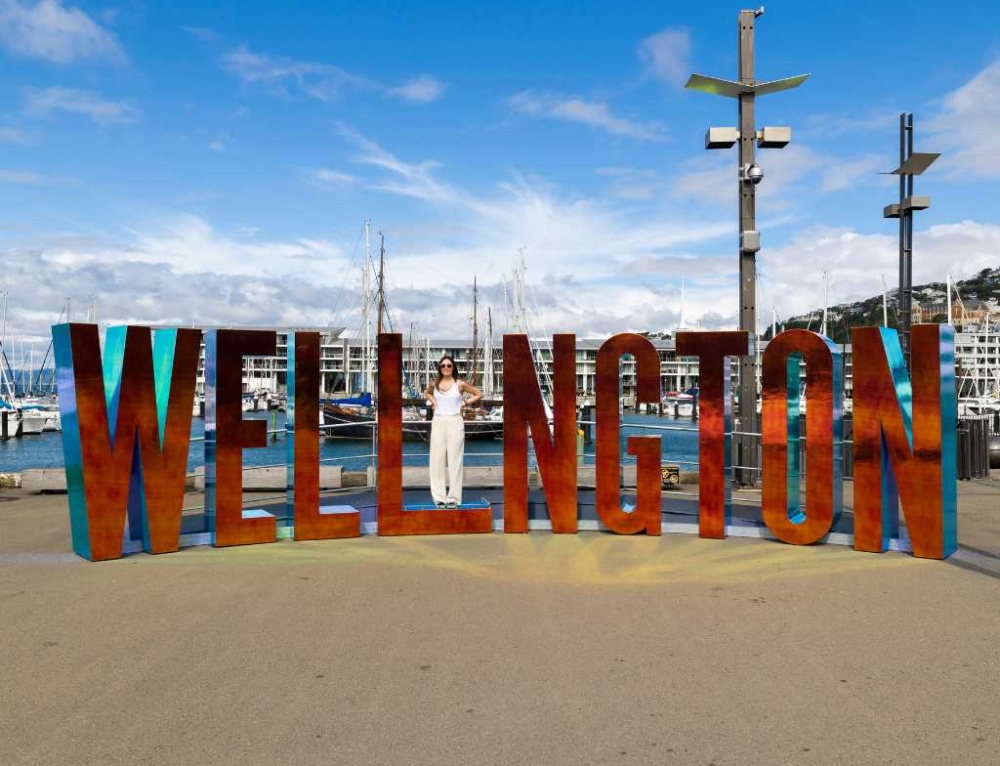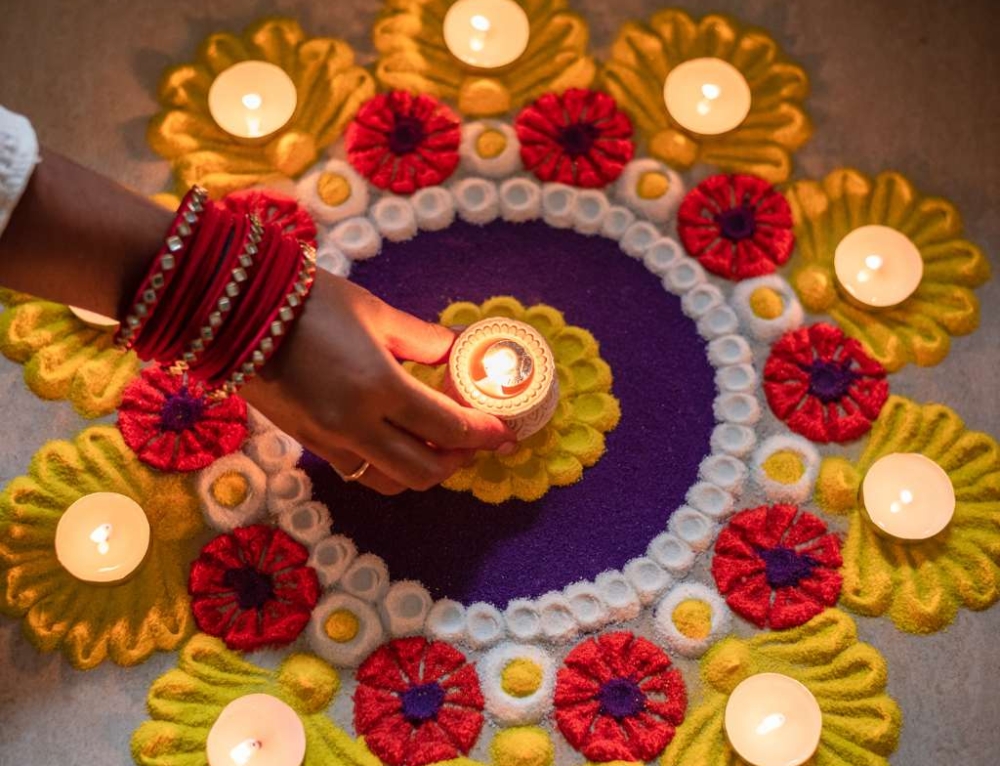A family camping trip is something every family should try at least once. We’ve made it easier than ever with our simple guide to camping with kids of all ages.
Before you go
A truly enjoyable family camping trip is all in the planning, but it pays to be flexible too! Work out where you want to go, what the weather will be like and what you can’t forget to pack. Start off with the essentials, and you’ll find you can relax when things don’t quite go to plan…
Check the weather
Research the local weather forecast for your intended stay period. The best advice can be gained from the park rangers or local tourist information centres, who can tell you the best times of year for great weather.
Camping checklists
If you have been camping before, refer to your previous packing list from the last trip before you embark on your latest camping adventure, and update it after your holiday – with each camping trip you take, you’ll learn more about how to make it easier for next time. Be sure to download our handy packing checklists so you won’t forget a thing!
Test your gear
You really don’t want to find yourself away from civilisation before you realise your airbed has a leak or that your gas bottle is almost empty. Always thoroughly test your equipment before you leave home, including:
- Checking all tent attachments are accounted for, and in working order
- Cleaning and testing cooking and food equipment
- Refreshing batteries, lightglobes and gas bottles
Why not set up camp in your own backyard for a night or weekend before you go? The kids will love an overnight adventure at home, and this is a great way to test much of your gear.
When you get there
Now you’ve made it to your destination, there are some rules of thumb to remember before you start pitching your tents. Read our tips to set your camp up right:
Check your site
Select a flat piece of ground for your tents, avoiding areas with ditches that may become puddles or even ponds in a heavy rain. Check the surrounding trees for signs of weakness or dangerous overhanging branches, and clear the floor space, removing any objects that will cause uncomfortable lumps in your tent floor. Ensure that you position your tent facing the correct way before you start setting it up – you’d be surprised how often a tent is set up facing the wrong way!
Protecting food and rubbish
It is essential to protect your food and rubbish from the local wildlife, as they are notoriously curious around known camping areas. The best way is to keep foodstuffs in tightly sealed containers or high off the ground. You can purchase hanging food-safes and lockable eskies, or simply keep your food and rubbish bag in the car overnight. Always empty your camp rubbish at least once a day, and each time you leave camp.
Drying your washing
Most national parks no longer allow campers to tie washing lines around the trees, since they can cause considerable damage. Many campgrounds now provide poles in each camp area for this purpose, but it’s always best to be prepared – bring along a foldable clothes airer or two. If you have more than one tent, stringing washing lines between them is also a handy option.
Cooking fish
There’s nothing like fresh fish for your camp dinner, and you can avoid that lingering fishy smell by lining your frypan with aluminium foil. You can also roast fish whole in the foil – just place it under the hot coals of your campfire until cooked – delicious!
Rainy day fun
Be sure to bring along an activity box for when the weather turns bad. Fill it with fun stuff like board games, decks of cards, jigsaw puzzles and colouring books. Add a blank scrapbook for each child, and a glue stick too – they can make a holiday storybook, or collect natural objects from around the campsite to create a collage.
Keep the tent clean
Let’s face it, it is almost impossible to keep sand, grit and other ‘floaties’ out of the tent, but there are some ways to keep it to a minimum:
- Place a shallow tray of water near the door, and a towel just inside the door – rinse your feet in the tray, then step onto the towel to dry them off.
- Keep a small dustpan and brush near the door of your tent – use the brush to dust off your feet before stepping into the tent, and then tidy up any mess you’ve missed once you step inside.
- Ban shoes in the tent – they carry dirt, mud and sand around, and are almost impossible to dust off properly. Keeping them off in the tent will make a big difference.
Some handy camping essentials to remember:
- Wire toaster: Wire toasters are available in most camping stores and cost very little. These are a classic camping implement!
- Stretcher beds: Easily packed away into a small bag, these save more space and time than air-beds. They are inexpensive and available at camping and department stores. Also great for sleepovers!
- Fire-starters: You can buy a range of fire-starters, but here’s a handy hint: collect your candle stubs at home for camping – they make perfect fire starters. Just light and place under your fire’s tinder.
- Octopus straps: Bring along an assortment of sizes, as ‘occy straps are a camper’s best friend. Handy for securing so many things, do not leave home without a few!
- Wet weather ponchos: Easily purchased at camping and department stores, plastic ponchos are cheap and effective in wet weather, and some fold away to about the size of your palm.
- Ready backpack: A comfy backpack stocked with a small picnic set, torch, lighter, first aid kit, wet wipes, insect repellant and sunscreen will make a handy kit for most small outings away from camp.







I like the idea of learning from previous trips. I almost always pack too much! Often my kids live in the same clothes and they are always quick dry fabrics in summer anyway. So I need to remember to pack less clothing changes. And a brush and shovel too! Another great tip.